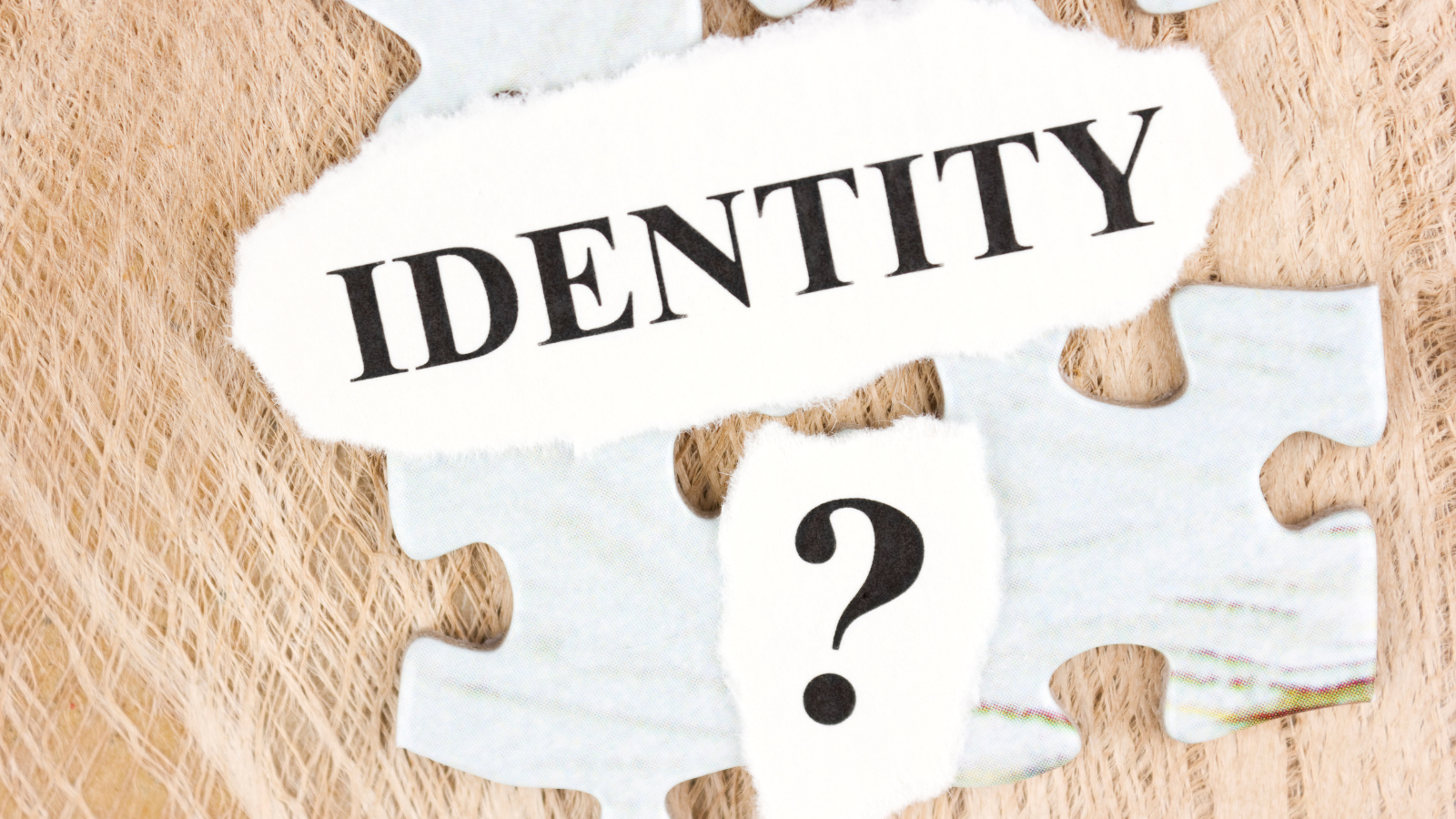
Keeping Identity: Arts and Culture in Minority Communities
Arts and culture are at the heart of any community and for minority groups they are even more so. In a world where dominant cultures often swamp those of minority communities, art is a powerful tool for preserving heritage, expressing difference and belonging. This looks at the importance of arts and culture in minority communities, the challenges they face in keeping their identity and how they use art to resist assimilation and be heard.
Arts and Culture in Minority Communities
In minority communities arts and culture are key tools for preserving history, traditions and values. These cultural practices whether through music, dance, visual arts, literature or traditional crafts keep the wisdom and memories of ancestors alive. They also pass down knowledge and customs to future generations so the community’s identity remains intact.
Cultural expressions also give minority communities a platform to share their experiences and challenges. Mainstream narratives often don’t fully capture the realities of these groups so they are underrepresented in the broader cultural landscape. Through art minority communities can share their stories, challenge stereotypes and assert their place in society. This visibility is especially important in multicultural societies where recognition of minority cultures can bring greater understanding and respect between different groups.
Challenges in Keeping Minority Arts and Culture
Despite the importance of arts and culture in minority communities these practices face many challenges. One of the biggest is cultural assimilation where the dominant culture absorbs or dilutes the unique traditions of minority groups. This can happen through globalisation, urbanisation and the influence of mass media which often promotes a homogenised cultural experience.
Another challenge is the lack of resources and support for minority artists and cultural practitioners. Funding and opportunities for cultural expression are often skewed towards the dominant culture so minority communities have limited access to the platforms and tools to share their work. This marginalisation makes it hard for these communities to sustain their cultural practices.
Language is another challenge. Many minority communities have their own languages or dialects which are part of their cultural expressions. But the dominance of global languages like English often erodes these languages so minority artists can’t express their cultural narratives in their mother tongue. The loss of language is not just loss of communication it’s loss of identity.
Art as Resistance
In response to these challenges many minority communities are using art as resistance, reclaiming their narratives and advocating for social justice. Indigenous artists around the world are blending traditional techniques with modern themes to create work that resonates with their communities and broader audiences.
African American artists have been using art to challenge racial inequality and inspire activism for a long time. The Harlem Renaissance and the Black Arts Movement are two examples of how art has been used to celebrate Black culture and push for social change. Today contemporary artists are continuing this legacy by addressing police brutality and systemic racism.
In the LGBTQ+ community art has been used to express identity and advocate for equal rights. Queer artists have been using their work to challenge societal norms and celebrate diversity for a long time and have contributed to the broader movement for acceptance and inclusion.
Cultural Exchange and Dialogue
Art is a powerful tool for preserving and asserting minority identities but it can also facilitate cultural exchange and dialogue. By sharing their art with a wider audience minority artists can help bridge cultural divides, promote mutual understanding and challenge misconceptions. Cultural events like festivals and exhibitions not only showcase the talents of minority communities but also give people from different backgrounds to engage with and appreciate each other’s cultures. This kind of cultural dialogue can break down barriers, reduce prejudice and build stronger more cohesive communities.
The Role of Technology in Empowering Minority Artists
In the digital age technology has become a powerful tool for minority artists to share their work with a global audience. Social media, online galleries and digital marketplaces have made it easier for artists to connect with others, get noticed and sell their work. This democratisation of access has empowered minority artists to bypass traditional gatekeepers and reach audiences directly.
Moreover technology has enabled new forms of artistic expression. Virtual reality, augmented reality and digital art have opened up new ways for artists to express and represent their cultural identities. These technologies also offer new ways to preserve and document cultural practices so they can be passed on to future generations.
Summary
Arts and culture are key to preserving minority identities, a way to express different perspectives, resist cultural assimilation and facilitate dialogue between communities. Despite the challenges faced by minority artists many are using their creativity to claim their space in the world, advocate for social change and celebrate their heritage. As the world gets more diverse it’s important we support and lift up the arts and culture of minority communities and acknowledge their part of the human experience.




